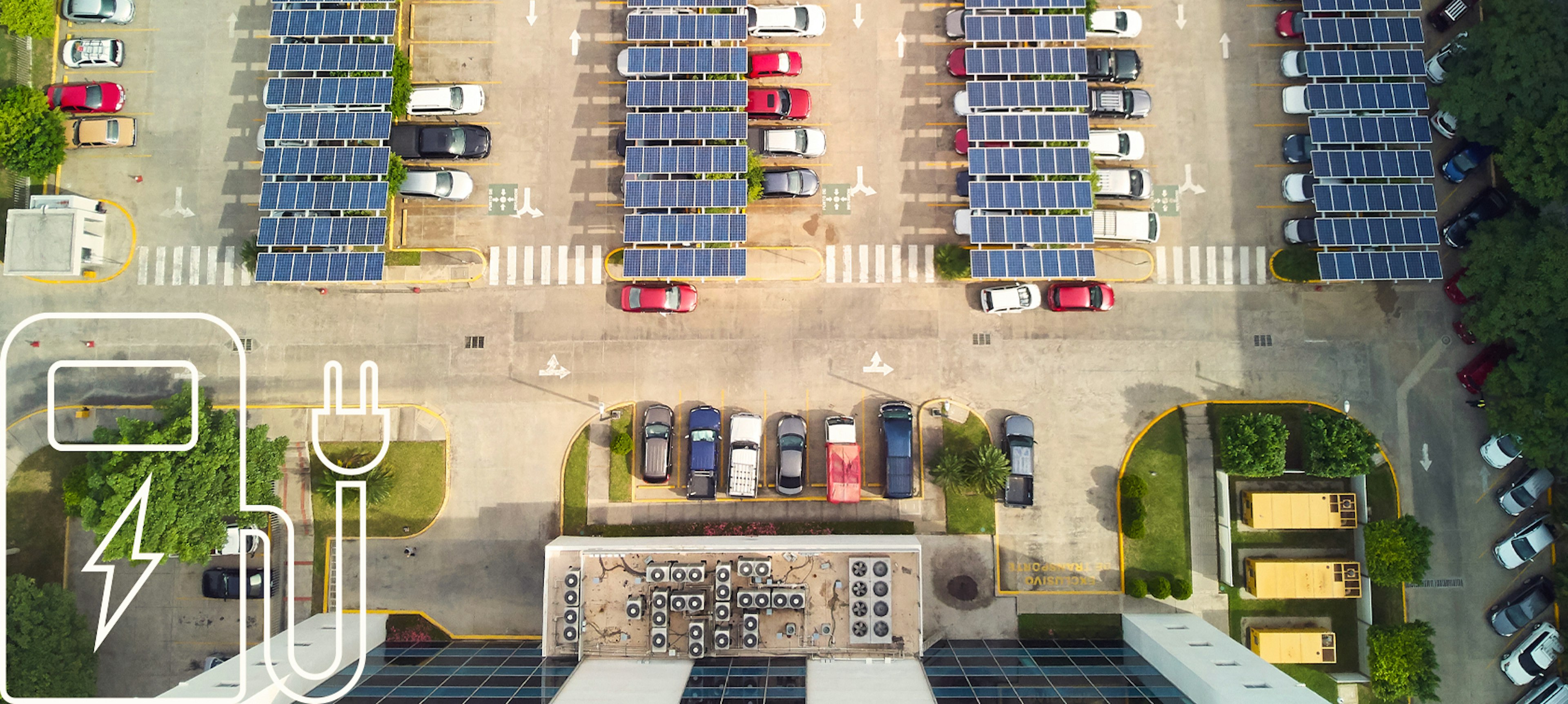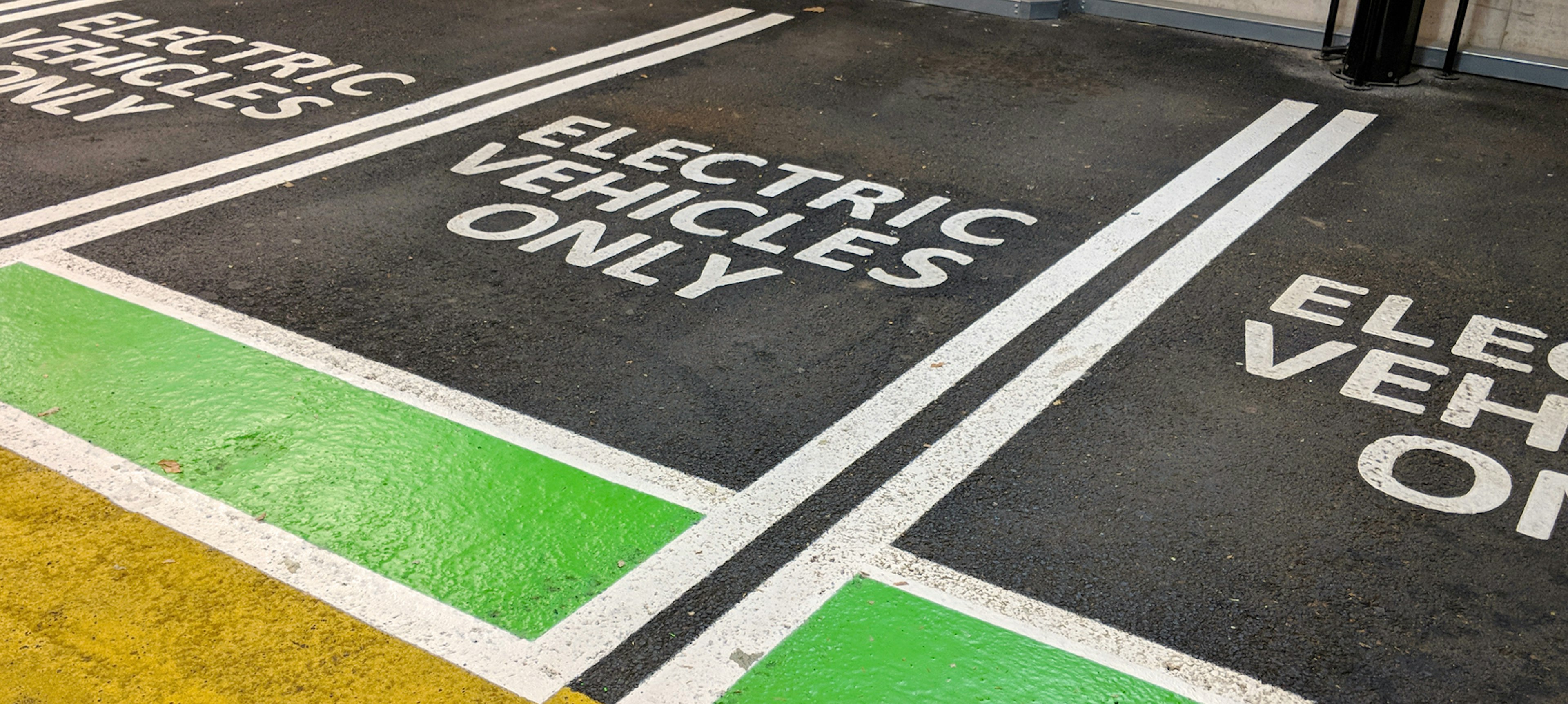As calls for increased corporate environmental responsibility and sustainability gain traction across industries, many organizations are looking to add electric vehicles (EVs) to their fleets to help decarbonize their businesses. Unfortunately, taking that step isn’t a straightforward process. It requires a tremendous amount of planning and consideration, as well as a firm understanding of local EV-related regulations and regional charging infrastructure. To help fleet managers better understand the road ahead, we spoke with Jason Kraus, the director of vehicle acquisition and lease structure at Mike Albert Fleet Solutions, to discuss what he’s seeing in the fleet industry.
With environmental, social, and governance (ESG) initiatives and carbon reduction becoming a growing priority for businesses, some organizations are moving toward electric fleets to reduce their carbon footprint. What are you hearing from fleet owners when it comes to balancing issues of sustainability and environmental responsibility with operations?
There has been a lot of noise around sustainability and decarbonization, but supply chain disruptions have slowed these efforts in the last few years. It’s hard to prioritize decarbonization if you’re not able to get the product you need to do that job, which is why many fleet owners have focused in the short term on elongating the life cycles of their existing vehicles.
But even though supply chain issues are expected to continue into 2024, the chatter around ESG and carbon footprints hasn’t gone away, which leads to an increased focus on the opportunities of electrification.
Company-wide decarbonization can be a daunting task. A lot of companies decide to pursue it but then think, “Where do I even start?” For many of them, introducing EVs to their fleets is the logical first step because there is a certain amount of “forced momentum” coming from government regulations, financial incentives, and more EVs being produced by manufacturers.
Speaking of forced momentum, what laws or regulations are pushing companies to make the switch to EVs?
On the government side, California is forcing the issue through the California Air Resources Board, which is developing regulations aimed at achieving a zero-emission California fleet by 2045. But a lot of the momentum is coming from manufacturers. GM and Ford, for instance, have announced that they will be all BEV (battery electric vehicle) after 2035.
Are EVs a good way to decarbonize?
They can be. Interestingly, there is a lot of talk in the industry about whether EVs can really reduce your carbon footprint because of what it takes to make them. It's very carbon-intensive to produce an EV—more carbon-intensive than making an internal combustion engine (ICE) vehicle.
If you build an ICE vehicle and an EV at the same time, the carbon footprint on the EV will be higher on the date of delivery. But as soon as those vehicles start moving, it only takes 18 to 24 months for the ICE vehicle's carbon footprint to surpass the EV's—and grow progressively larger as mileage accumulates.
Let’s talk about the total cost of ownership (TCO), which is a huge concern for any company that relies on fleets. What can fleet owners expect from EVs?
They can expect big differences. Electric vehicles don’t need as many preventive services, so the standard maintenance schedule is a lot different—oil and oil filter changes, transmission services, radiator flushes and fills—all of that goes away with an EV. The only ongoing maintenance required for an EV is wearable items like tires, brake pads, wipers, and cabin air filters.
Case in point, a colleague of mine at Mike Albert has been driving an electric vehicle for the past 12 months. His first recommended service interval was 8,000 miles—3,000 more than the 5,000-mile standard for an ICE vehicle. All that needed to be done was a tire rotation and two software updates; and his 16,000-mile service will be the same.
Those savings add up. Most of the data that I’ve seen suggests that over 100,000 miles, EVs have between 45% to 55% less maintenance costs than a comparable ICE vehicle.
How can a fleet management company help with ascertaining the TCO and overall benefits of transitioning to EVs?
A good fleet management company can offer a thorough TCO analysis to help with that determination. At Mike Albert, we do this by harvesting data from an organization’s existing fleet—things like the makes and models of their vehicles, when the vehicles went into service, odometer readings, maintenance schedules, and so on.
Then we do some “backward math” to determine which vehicles are traveling where, what routes would work for an EV (based on the job), and what EV model would best fit that vehicle profile.
At the end of the process, we provide a thorough breakdown of the company’s current TCO, their cost per mile across their fleet, where EVs will work for them, and how EVs could change their costs.
What initial steps do you recommend to fleet owners who are considering the switch to EVs?
The most important thing is to ensure that your organization can support your EV charging efforts. You can’t rely solely on public charging infrastructure at this point. You need to plan and operate your company's own energy infrastructure.
There are a number of things to consider when establishing the right charging framework for your fleet's unique attributes and circumstances.
For example, if your company rents the space where your fleet vehicles are kept, is it up to the building owner or your company to make decisions regarding the power grid connection that's necessary for obtaining the energy required for your charging needs?
This is just one of the questions involved in the deep-dive assessment you'll need to do to make sure you can get grid access. You'll also need to work with your local energy provider to determine what needs to be done on-site.
You should also consider your drivers—if they’re taking fleet vehicles home, will they be able to charge them overnight?
Proper EV energy planning and operations is vital to the success of electrifying your fleet. But it can be challenging to do on your own. You may want to enlist the help of a fleet electrification partner.
At Mike Albert, we assist clients with the entire electrification process, from identifying the right EVs for their fleet to establishing their charging infrastructure to tracking their electrification results.



